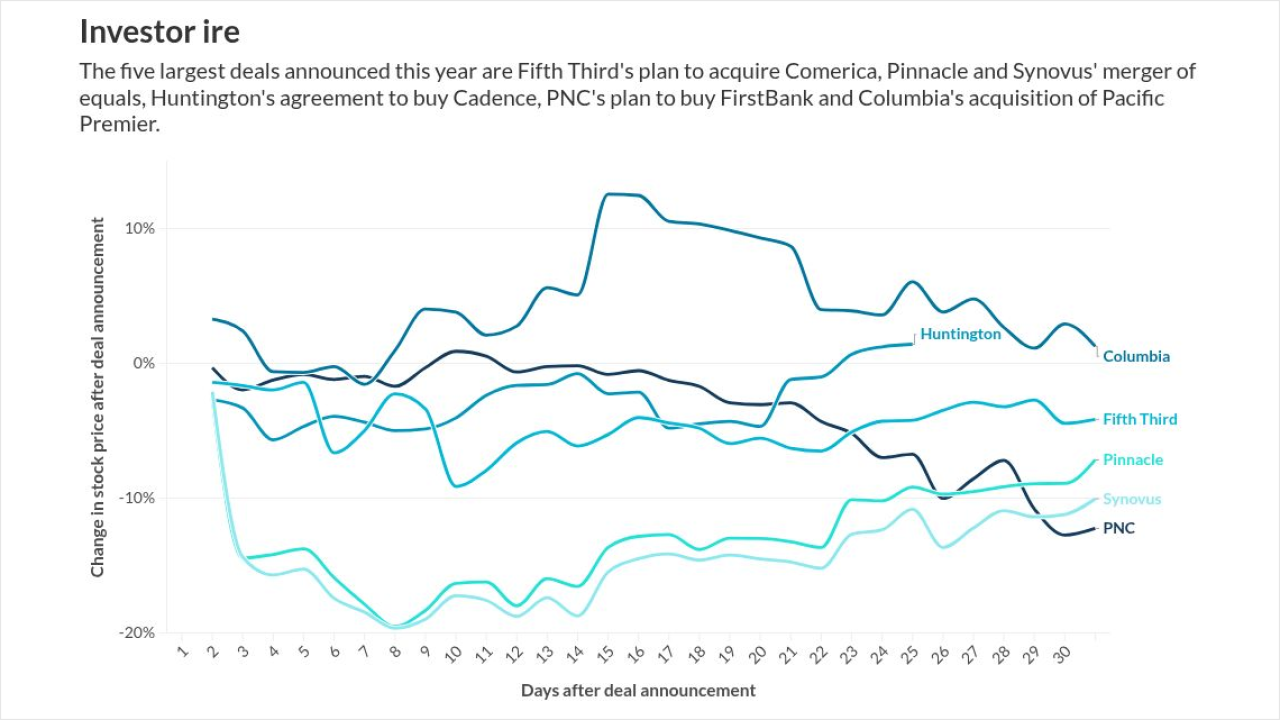The taxicab industry is facing disruption on two sides: Competition from ride-sharing apps like Uber and Lyft; and in-cab payment technology designed to bust the stubborn tradition of cabbies collecting cash payments.
Verifone has been focused on the latter disruption, providing card acceptance devices as well as mobile payment options. The company cast a wide net, but now it's time to consolidate, most notably by combining its two of its taxi apps,
"We're changing the inside of taxis … There are platforms for both the driver and the passenger that will allow us to create tools and make them more efficient," said Jason Gross, VP of marketing and product management for Verifone Taxi Systems.

The addition of Curb, an e-hailing app maker Verifone bought in late 2015, will immediately add advance booking to Way2ride's taxis.
Verifone is also upgrading the screens that appear in the back seats of cabs in New York, where it has the contract to provide payments for about half of the city's cabs, and 65 other U.S. cities to accommodate third-party apps.
The cabs are migrating from older screens that showed ads and other canned content to 10-inch tablets that can run apps. That will enable riders to book reservations, check into hotels or perform other travel-related tasks. The new seven-inch tablets will use GPS to calculate routes and will include security tools such as panic buttons.
One early service is a partnership with New York to use mobile app-based dispatch to serve older people who need rides to doctor's appointments, rather than using vans, Gross said.
Traditional taxis are attempting to add technology that's consistent with the web connected systems that
At the same time, taxis are responding to Uber's influence on their industry. Uber's relatively seamless payment capabilities have influenced the
"Uber has had a huge impact on the goals that any B-to-B technology company must pursue," said Rick Oglesby, president of AZ Payments Group. "Personal transportation services have needed to react the most quickly due to the extremely direct challenge that Uber has provided, so the demand for new technology platforms that can meet the rapidly changing demands of consumers has been strong in that segment."
The scale of the taxi networks and the range of functions in the tablet, such as hotel, entertainment, trip scheduling and shopping apps, will help differentiate the upgraded traditional taxis from ride sharing mobile apps, Gross said.
"There is more information here that allows people to optimize their day around the taxi ride," Gross said.
While Verifone's taxi migration and Way2ride/Curb integration is currently U.S. based, the company plans similar tablet migrations in taxi services globally, Gross said.
Taxi payments aren't going to influence overall consumer payment habits, but riders are a lucrative, captive audience, said Tim Sloane, vice president of payments innovation and director of the emerging technologies advisory service at Mercator. "A taxi rider is typically a medium-to-high income individual that can generate revenue."
Verifone is also trying to increase the revenue it derives from





